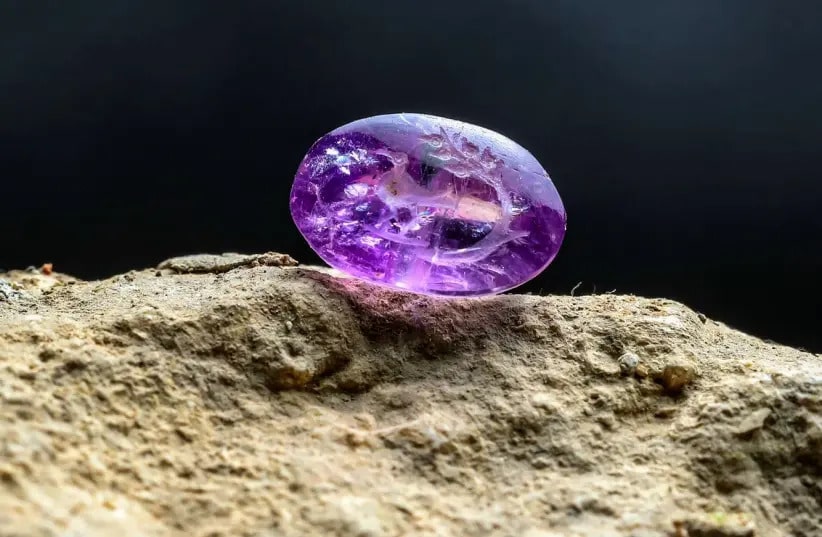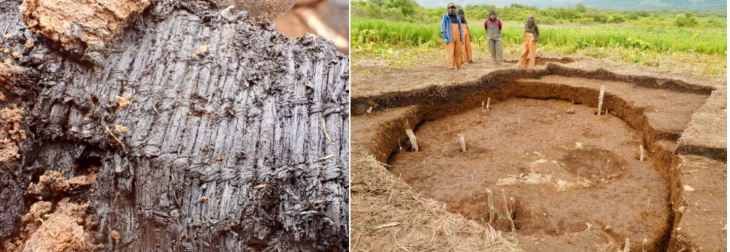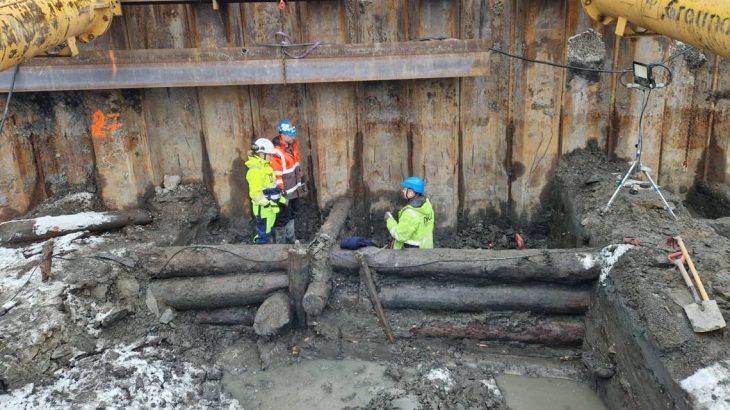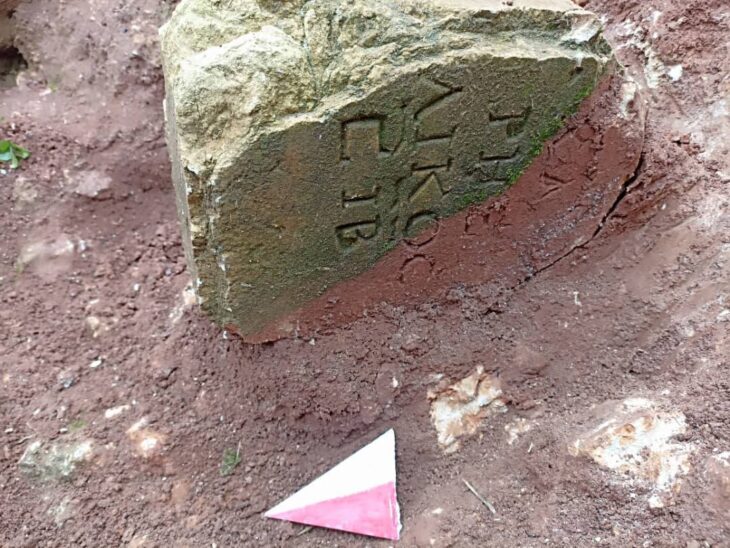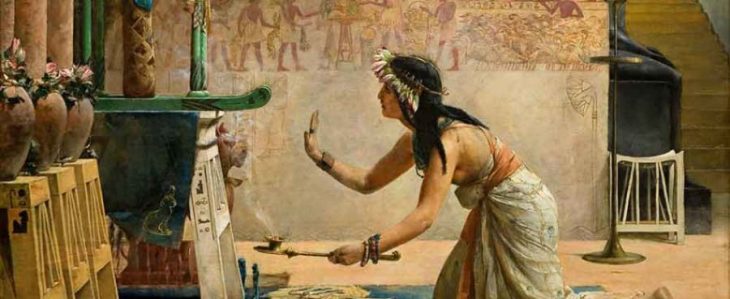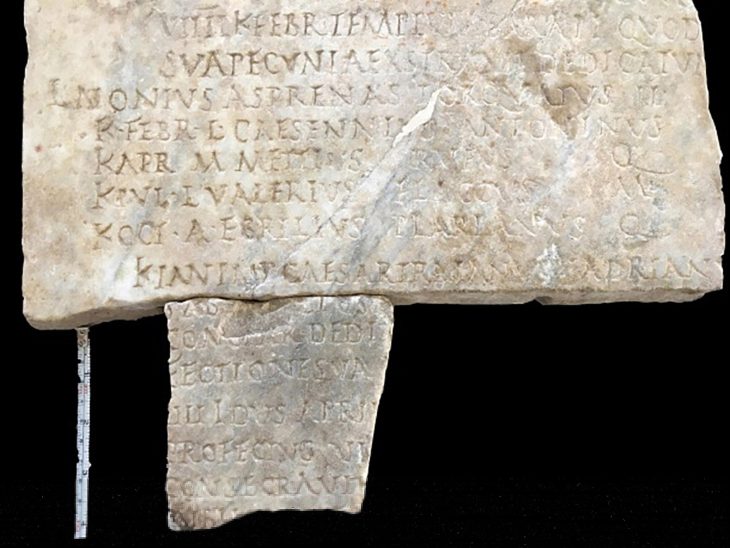Archaeologists working in the Old City of Jerusalem have discovered an engraved amethyst seal in the Second Temple, thought to be the earliest depiction of a plant used for incense and Cleopatra’s perfume.
Volunteers sifting through earth collected during an archaeological dig in the region discovered the tiny artifact. 2000 years after the little seal nearly disappeared.
The seal — depicting the plant known variously as biblical persimmon, bosem or balsam, or even the Balm of Gilead — was discovered at the Foundation Stones of the Western Wall, according to a statement released Thursday.
The Israel Antiquities Authority said the plant, also known as Bosem, balsam, or “Balm of Gilead,” was used in the manufacture of expensive perfumes, medicines, and ointments during the Second Temple period. This biblical persimmon plant, which is not at all related to the orange persimmon fruit that we are familiar with today, is known from biblical and historical sources.
Some experts believe the plant was given to King Solomon by the Queen of Sheba, the IAA said.
The balm of Gilead was also known to be a component of the favorite perfume of Cleopatra, the legendary Queen of Egypt.
Researchers Eli Shukron, Prof. Shua Amorai-Stark, and Malka Hershkovitz said in the statement that the seal depicts a bird, probably a dove, and a thick branch with five fruits on it, which they believe to be the persimmon plant.
“This is an important find because it may be the first time a seal has been discovered in the entire world with an engraving of the precious and famous plant, which until now we could only read about in historical descriptions,” said Eli Shukron, who, on behalf of the IAA and the City of David, carried out the excavation where the seal was discovered at the foundations of the Western Wall.
The seal is made of a precious amethyst, in a range of shades of purple and lilac, with a hole where a metal wire was inserted which was used to wear the stone as a ring. The length of the oval stone seal is 10 mm, its width is 5 mm and its thickness is 7 mm. The oval stone also features a bird, probably a dove. The experts noted that both the tree and the dove embodied good fortune and success.
According to Amorai-Stark, stamps containing engravings of plants had previously been discovered, but this was the first time one showed a branch packed with fruit, leading them to believe it was the biblical persimmon.
“Towards the end of the Second Temple Period, the use of stone stamps expanded and became more common, but in most stamps discovered so far with plant engravings, it is common to find plants that were common in Israel at the time: vines, dates, and olives, which are among the seven species. But on this stone seal, we immediately noticed that the fruit that appears on it is unlike any of the fruits we have encountered to date,” said Amorai-Stark.
According to the expert, the owner of the rings was likely a wealthy person.
Cover Photo: Amethyst stone depicting balsam tree. Photo: ELIYAHU YANAI/CITY OF DAVID

